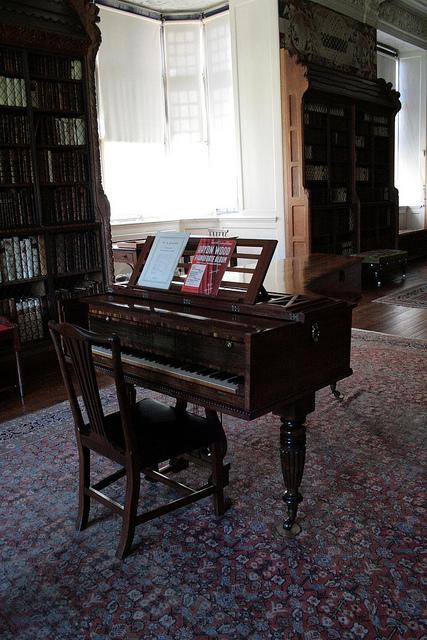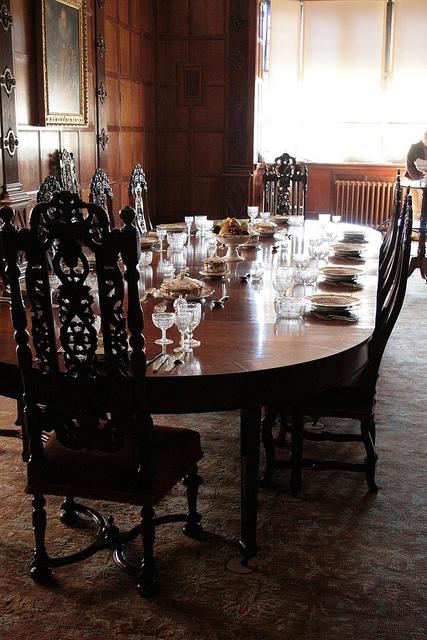Jacobean Furniture
Media Gallery
History
The Jacobean period encompassed most of the 1600s, beginning with the coronation of King James in 1603 and ending when King James II fled from England in 1688. Prior to this era, furniture was simple and functional. Seating was limited to plain stools and benches, and mattresses were often laid directly on the floor. Jacobean furniture is characterized by simple construction techniques, rectangular lines, and elaborate decoration. These items were designed first as a way for the upper classes to flaunt their wealth. Comfort was secondary, and in fact, to the modern owner, Jacobean chairs and daybeds would be almost unusable except as a showpiece. These astronomically expensive pieces were designed to stay within the confines of the castle and serve as part of the inheritance. Beds, chests, and even tables and chairs were built to the same massive scale as many of the castles and fortresses of the era.
Early immigrants to the American colonies imitated Jacobean furniture as best they could, developing the Early American style. Later, in the late 1800s and early 1900s, Jacobean style furnishings enjoyed a brief revival before they were cast aside in favor of more comfortable pieces. The majority of Jacobean –style furniture today are reproductions, produced during the revival period. Original furniture is incredibly rare outside the UK; even there, it’s most commonly found in museums.
Wood
Most Jacobean furniture is constructed of heavy, solid oak, although pine was sometimes used. Maple, being slightly easier to work, was used to create turned legs.
Characteristics
The most definitive characteristic of Jacobean furniture is the elaborate carvings used as decoration. Although the furniture itself was constructed primitively with straight lines and simple mortise and tenon joints, furniture makers of the Jacobean era pulled out all the stops when it came to decoration, especially later in the era as the Baroque influence took hold. Carved panels incorporating lots of scrolls and almost abstract floral designs were popular, as were inlays and unusual veneers. Paint was sometimes used to further embellish these elaborate pieces.
The legs of chairs and cabinets, as well as the posts of four poster beds, were frequently embellished with elaborate turning, but little attention was paid to the feet themselves, which were usually left as heavy-looking blocks. The legs and backs of chairs were straight up and down, which made them uncomfortable to sit on and prone to tipping over.
Upholstery was decidedly different than it is today, consisting of very little (if any) padding and expensive fabrics, including silks, tapestries, and elaborate crewelwork. Alternatively, many chairs had woven cane seats.
All this led to furniture with a very formal appearance. In fact, what many people refer to today as the “gothic” style is actually Jacobean.
What to Look For
The most commonly produced pieces were storage chests and cupboards, trestle tables, wainscot, Brewster, and Carver chairs with numerous spindles, and gate-legged circular tables.
If you intend to actually use the furniture, avoid chairs, benches, and daybeds and opt for tables and storage pieces where comfort is not an issue.
Price varies, depending on what type of piece you’re looking for. Keep in mind that it’s highly unlikely you’ll find a true Jacobean piece from the 1600s, no matter what your budget. Far more common are reproductions made during the revival period. For these, expect to pay $150-$200 for a small side table, up to $5,000 or more for a dining room set or elaborate chest. Remember that the simpler a piece is, the cheaper it will be, both to purchase and to restore.




